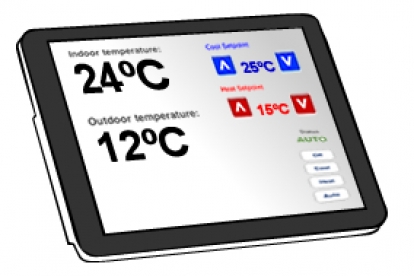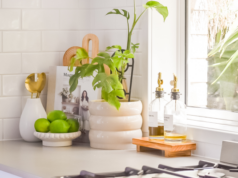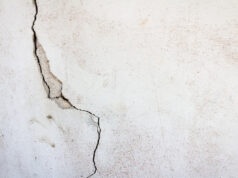
Relatively speaking, there’s a tremendous amount of energy used in Australian homes these days. And while our energy consumption is beginning to decrease, we’re still consuming almost twice as much per capita as we did in 1960.
Everyone loves to have a good moan about rising electricity prices, but the reality is that in most cases, the main cause of our woes is unnecessary consumption.
For example – are you aware of which appliances use the most power in your house, and how much of your total energy consumption they account for? Do you know how much electricity’s used by your TV every night, and how that translates into greenhouse gas emissions? Do you leave lights on when you leave a room – or have a pool pump that quietly slurps away on electricity while you sleep?
Energy management is not a complicated idea – all it involves is being aware of how energy’s being consumed, and ensuring that it’s used in a controlled way.
How to monitor energy use
Monitoring or calculating your usage is really the first step, and most home automation experts will testify that simply being aware of how much energy each appliance consumes will lead to a natural reduction in how much you consume. If you’ve installed your own solar setup you’re also likely to be far more mindful of how power’s used too.

There are several ways to calculate how much energy’s consumed around your home. The easiest (and probably most accurate) method involves using a fully integrated home automation system which keeps track of everything. The next best thing’s local energy consumption meters, which plug in between your appliances and the wall socket to keep track of how much power’s consumed by different appliances.
In most parts of Australia, local councils and libraries offer you the option to freely borrow a Power Mate energy meter to audit your home energy usage. Check with your council though – there’s often quite a waiting list for these meters.
Different devices work in different ways and offer varying levels of information, but even the simplest devices should give you the information you need.
In other countries, energy management dashboards and even many major appliances are able to communicate directly with smart meters to provide a very detailed picture of how energy’s being used. Unfortunately, the smart meters being installed in Australia haven’t got these kinds of capabilities yet.
If you’re not afraid of maths, you could also do without the meters and simply calculate theoretical consumption based on the rated wattages of your appliances and the amount of time they’re left on for. If you’re planning on going down this route, you’ll also need to account for standby power for each device, even if it is relatively low. This tends to stack up very significantly over time.
How to control energy use
The next step towards effective energy management is to identify where energy’s being wasted, and to make changes to improve how it’s used.
A decent home automation setup can be designed to manage energy very carefully for you – although if you’re serious about sustainability you might also consider taking into account how much energy’s used to create and install all the of the various components.
Automated energy management systems can switch lights and appliances on and off as you enter and leave a room, zone off parts of your house or control natural ventilation for the purposes of efficient climate control, and open curtains and skylights to ensure you’re getting as much daylight as possible.
On a more basic level, energy management may involve switching things off at the plug, taking advantage of off-peak rates, or using less power-intensive alternatives (e.g. hanging washing instead of using a dryer – or doing larger loads of washing less frequently).
The choices you make in terms of appliances and fixtures will go a long way to reducing energy consumption too:
- Replacing halogen downlights with low-powered LED or CFL globes will have an impact on your lighting costs and consumption.
- Choosing highly energy efficient appliances will make a massive difference to your costs – particularly for large appliances like hot water systems, ovens and refrigerators.
- Standby power switches will prevent power from being leeched while your TVs, hi-fis, games consoles and desktop computers aren’t being used.
Ongoing assessment and lifestyle changes
Knowing how much power is being used in different parts of your home will make you far more careful about how you choose and use appliances, but you’ll also need to assess how the changes you’ve made have affected how much energy’s consumed around your house.
Keeping a record of energy consumption and what changes you’ve made will help you to understand what’s most effective, and to decide on what sorts of concessions you’re willing to make.
Done properly (and with the cooperation of everyone you live with), effective energy management can amount to a huge reduction in power consumption.





